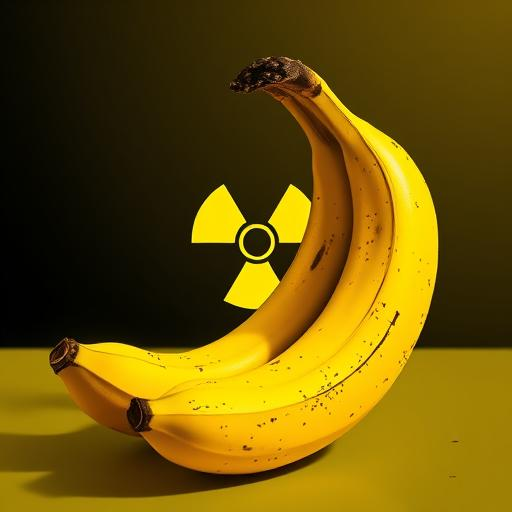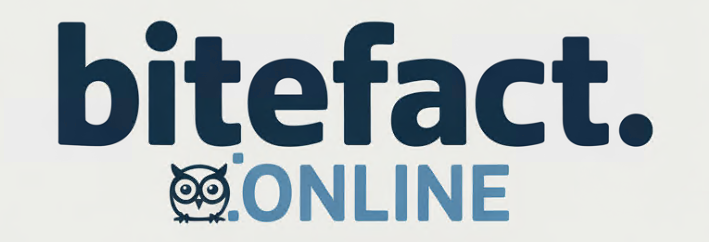
Bananas are radioactive—yes, really! These yellow fruits contain a tiny amount of potassium-40, a naturally occurring radioactive isotope. Potassium is essential for your body—it helps with muscle function and heart health—and bananas are packed with it, which is why they’re a go-to snack for athletes. But a small fraction of that potassium, about 0.01%, is radioactive potassium-40, which emits low levels of radiation as it decays over time. Don’t panic, though—you’d need to eat millions of bananas in one sitting to feel any effects!
Scientists even have a term for this: the “banana equivalent dose.” One banana gives off about 0.1 microsieverts of radiation, which is roughly 1% of the radiation you’re exposed to daily from natural sources like the sun or soil. For comparison, a chest X-ray exposes you to 100 microsieverts, so you’d need to eat 1,000 bananas to match that. Even if you ate 100 bananas a day, you’d still be fine—the radiation is so low that your body handles it without a hitch. In fact, Brazil nuts are even more radioactive than bananas due to their high radium content, but they’re safe too.
Here’s the funny part: if you sleep next to someone, you’re exposed to more radiation from their body’s natural potassium-40 than from eating a banana! Bananas aren’t the only radioactive food—potatoes, carrots, and even your morning coffee have trace amounts too. It’s just a quirky reminder that radiation is all around us, but in tiny doses, it’s harmless. So next time you grab a banana for a quick snack, you can chuckle knowing you’re eating a slightly radioactive treat—it’s a bite-sized fact that’s as safe as it is surprising!

Leave a Reply